Two million Muslims are expected to travel to Mecca’s iconic Masjid Al-Haram in Saudi Arabia for the annual Hajj pilgrimage.
Saudi Arabia will host two million Muslims this week as they descend on Mecca to perform the Hajj pilgrimage.
In what is described as the second largest gathering in the world, after the mass Hindu pilgrimage of Kumbh Mela, Hajj is one of the five pillars of Islam.
The pilgrimage occurs from the 8th to 12th (or in some cases 13th) of Dhu al-Hijjah, the last month of the Islamic calendar.
Here is Secret Flying’s guide to the Hajj pilgrimage:
Before beginning Hajj, pilgrims must enter what is known as a state of Ihram, whereby they prepare their bodies and mind for the rituals ahead.
Upon arriving at Mecca’s Masjid Al-Haram, most pilgrims perform Umrah (a minor pilgrimage that can be performed in less than a few hours).
They begin with an arrival tawaf – the ritual of circling the Kaaba seven times counterclockwise.
After the morning prayer on the 8th day of Dhu al-Hijjah, the Hajj pilgrimage begins.
The pilgrims proceed to Mina, situated 5 kilometres to the east of Mecca, where they spend the whole day and offer noon, afternoon, evening, and night prayers.
The next morning, they leave Mina to go to Mount Arafat, also known as the Mount of Mercy. Visiting the Plain of Arafat is often regarded as the most important part of the Hajj.
According to Islamic tradition, the mount is the place where the prophet Muhammed stood and delivered his Farewell Sermon.
After sunset, pilgrims must leave Arafat for Muzdalifah, an open, level area, lying just southeast of Mina.
Upon reaching Muzdalifah, pilgrims spend the night praying and sleeping on the ground with open sky, and gather pebbles for the next day’s ritual of the stoning of the Devil.
The next morning, pilgrims return to Mina, before performing the symbolic stoning of the devil (Ramy al-Jamarat) by throwing seven stones at only the largest of the three pillars.
After the casting of stones, animals are slaughtered to commemorate the story of Abraham and Ishmael.
Today, most pilgrims purchase a sacrifice voucher before the Hajj begins, which allows an animal to be slaughtered without the pilgrim being physically present.
At the same time the sacrifices occur at Mecca, Muslims worldwide perform similar sacrifices, in a three-day global festival called Eid al-Adha.
All male pilgrims shave their head or trim their hair on the day of Eid al-Adha and women pilgrims cut the tips of their hair.
The pilgrims re-visit Mecca’s Masjid Al-Haram for another tawaf, known as Tawaf al-Ifadah, an essential part of Hajj. The night, however, is spent back at Mina.
The 11th and 12th days of Dhu al-Hijjah, the last of the Hajj pilgrimage, involve pilgrims again ‘stoning the devil’ throwing seven pebbles at each of the three pillars.
After the stoning ritual on the 12th, pilgrims return to Mecca and perform a farewell tawaf called the Tawaf al-Wadaa. ‘Wadaa’ means ‘to bid farewell’.
The Hajj pilgrimage must be carried out at least once in a Muslim’s lifetime if they are physically and financially capable of undertaking the journey.
Though not a part of Hajj, pilgrims may choose to travel to the city of Medina and the Al-Masjid an-Nabawi (Mosque of the Prophet), which contains the prophet Muhammad’s tomb.
Saudi Arabia are expected to earn more than $10 billion from this year’s Hajj.
The country’s economy depends more on pilgrims as Saudi Arabia’s oil and gas reserves decline.


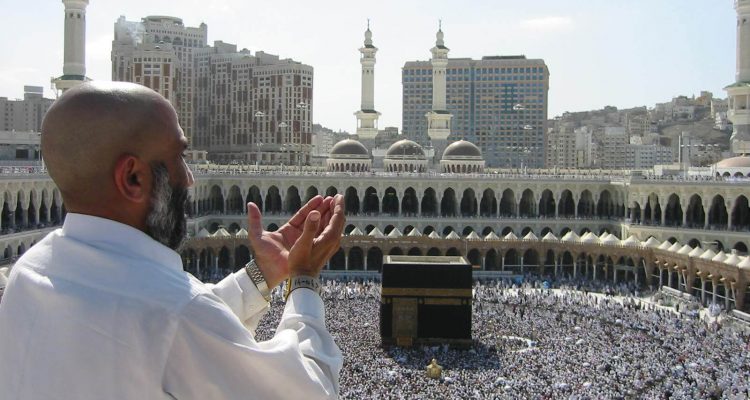
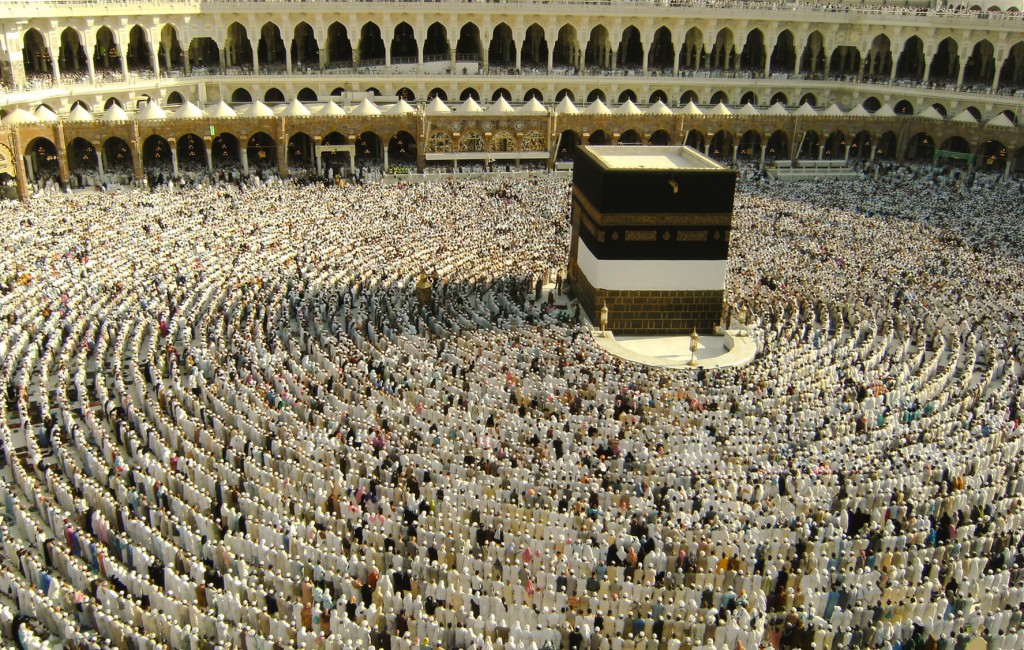
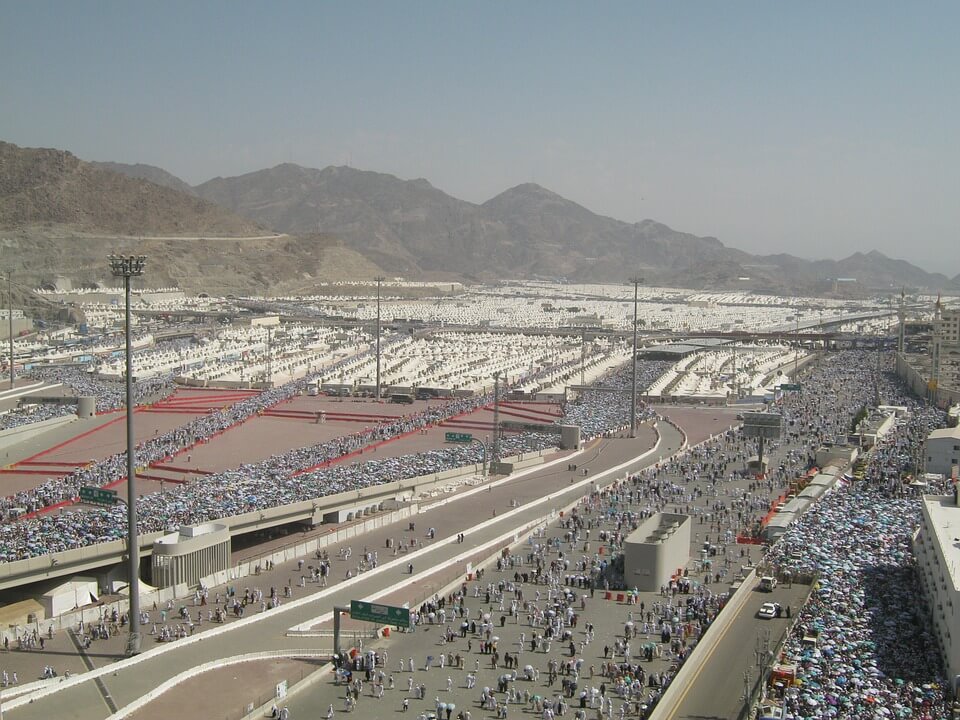
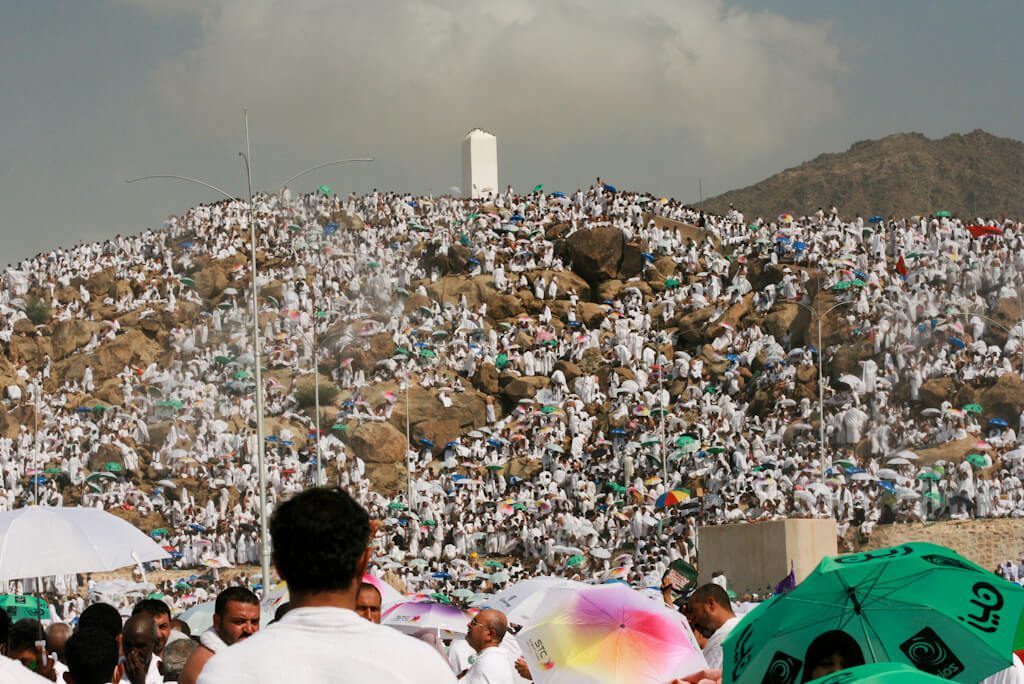
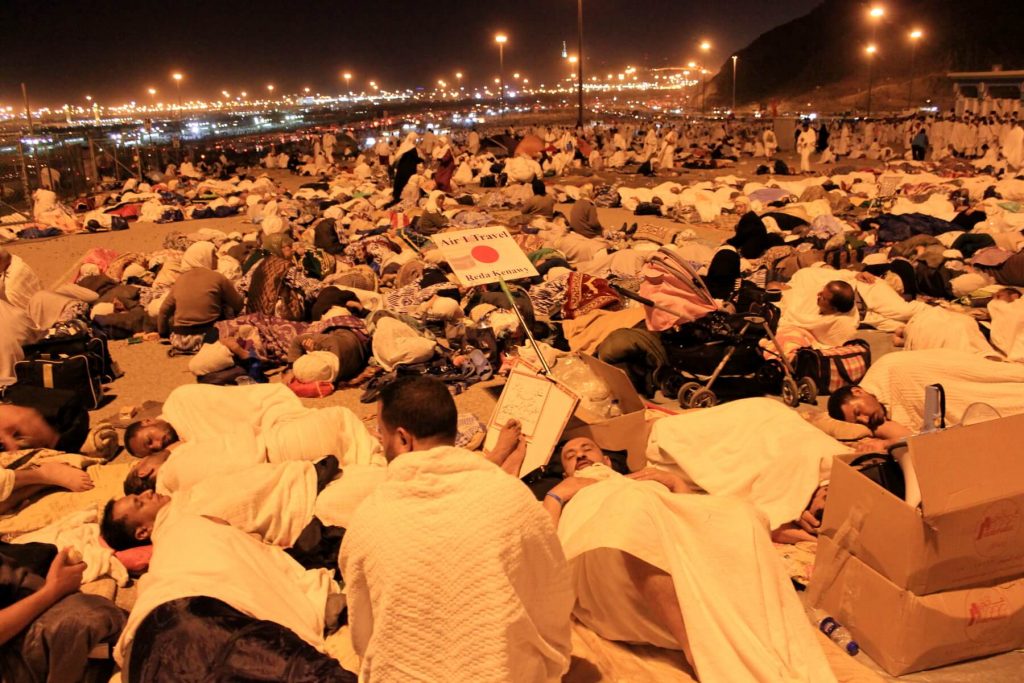
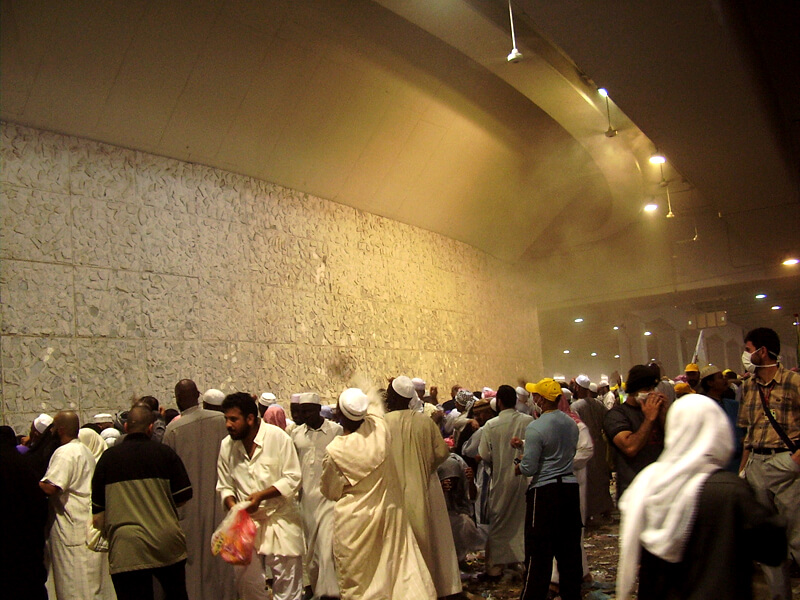
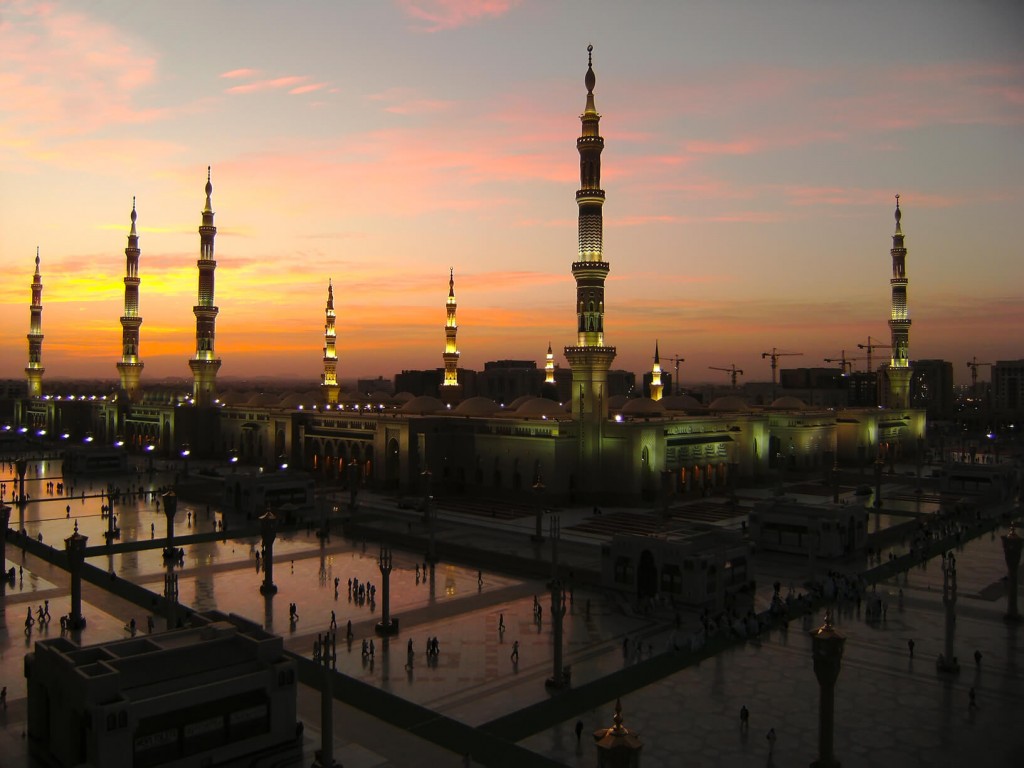
 [adblockingdetector id="638efa67113bf"]
[adblockingdetector id="638efa67113bf"]